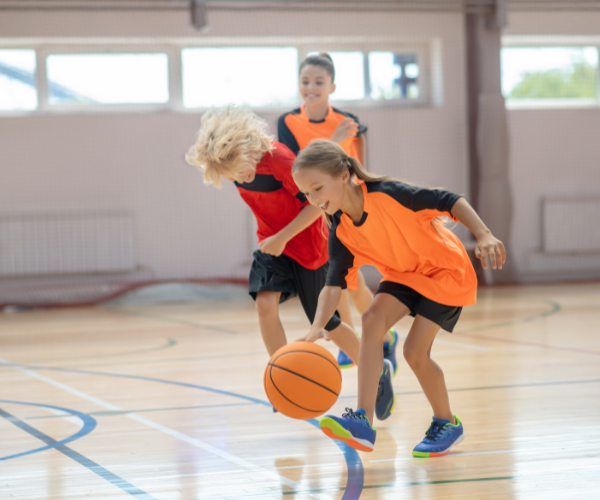(6-9yrs)
Partnering With School
Before your child attends school, it can be helpful to partner with a Child Life Specialist or school guidance counselor, to help your child identify at least one trusted adult that they can talk to about their ostomy. This could be a person that your child can go to at school if they are having a difficult day. The value of peers begins to grow during school age. If your child feels comfortable, help them identify at least one friend that they can tell about their ostomy. Children benefit from opportunities to practice what they will say to a friend about their ostomy, so providing them with opportunities to write down what they want to say and/or rehearsing with family members before sharing with friends or peers can be helpful.
Ensure the school has extra supplies for a pouch change; wafers, disposable towels, disposal bag for old pouch. It would be helpful to have step by step instructions if someone at the school is helping your child with the pouch change. They may also need a change of clothes. Often this is in the main office or school nurse’s office. You may need the nurse or principal to plan where the child will keep supplies and have space for ostomy care.
Ensuring Accomodations
Most children with ostomies use a 504 plan or IEP to ensure they have access to accommodations. The accommodations may include the following: assistance from the school nurse with emptying and/or pouch changes, access to a separate bathroom, permission to leave class when needed to care for the ostomy, a secure place for extra supplies and clothing. Notify the staff about what they should help with, what your child can take care of on their own, and when to call you for assistance. Make sure there is always a trusted adult available to your child that can help them.
Your child can participate in all the activities that the other children can in their class. Only limit the activities that your medical team advises you to avoid.
Your child can do sports, go swimming, gym class, playground equipment etc. Leak prevention is important. Emptying the pouch more often will help. Your child should think about their activities. Empty the pouch after lunch and before playground activities or gym class. Your child may want to wear a closed end pouch for sports or swimming to avoid clamps or closures coming undone during the activity. If one of the activities may be contact sports, extra protection from commercially manufactured devices that fit over the stoma may be needed. Keep in mind that sweating with sports and physical activities may loosen the appliance so a pouch change may be needed after.
Children this age usually take part in most sport activities, go on overnight trips, camp, and enjoy the same activities as other children. Through practice, help your child know how to best handle any problems that may come up. You can start with play dates during the day and progress to sleep overs. You may want to start by having sleep overs at your house to have your child comfortable with friends.
Traveling on an airplane
Traveling on an airplane with ostomy supplies in a separate bag will not count as a carry on as long as it only contains medical supplies. (check with TSA). Have your wafers pre-cut so scissors do not have to be in the bag. You can print a card from the UOAA regarding your ostomy to alert TSA. Make sure you take extra supplies with you since traveling and changes in diet and activities you may change the pouch more frequently.
Hope, support, and finding community
Parent Stories
These webpages are funded by a grant from Hollister Incorporated.






